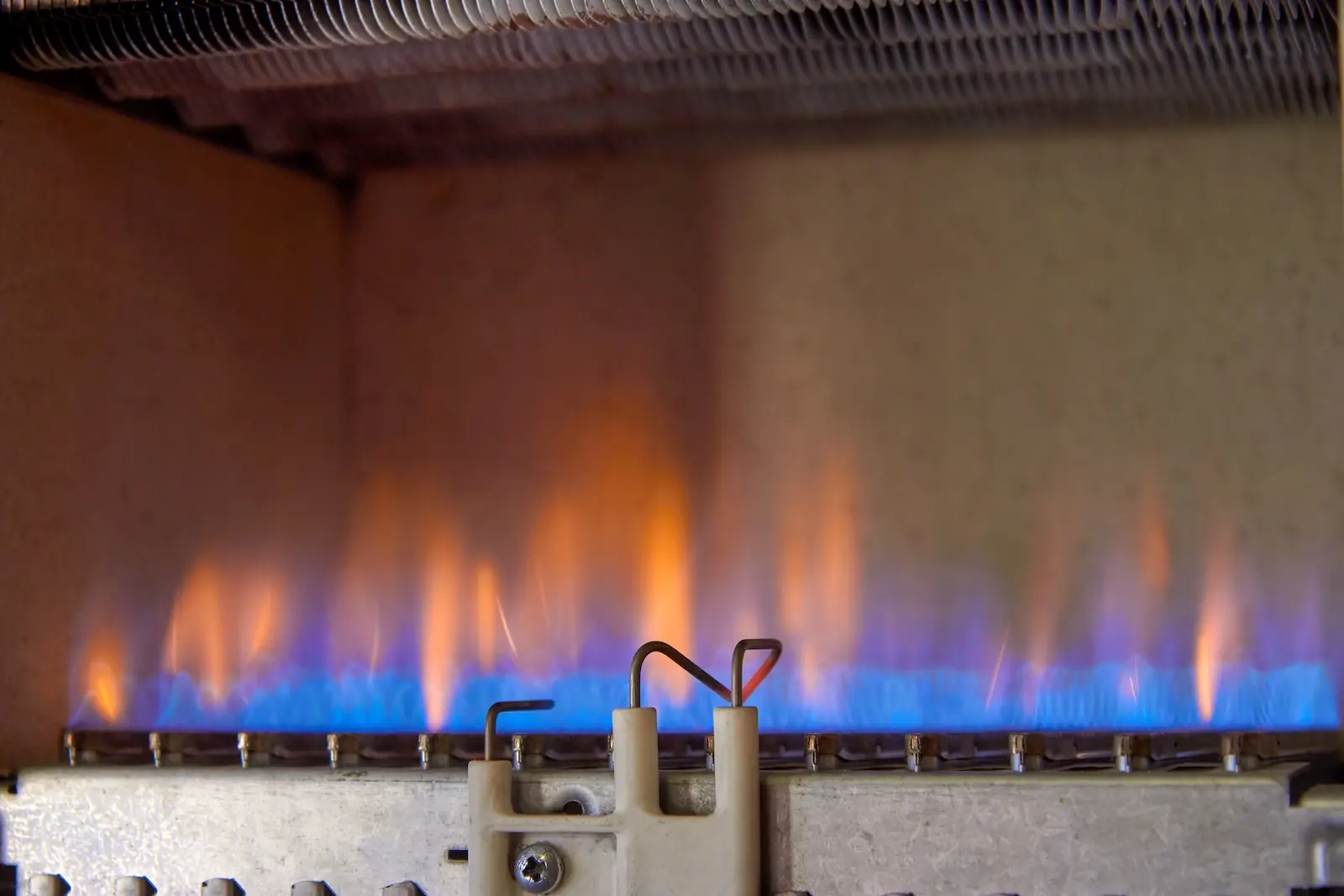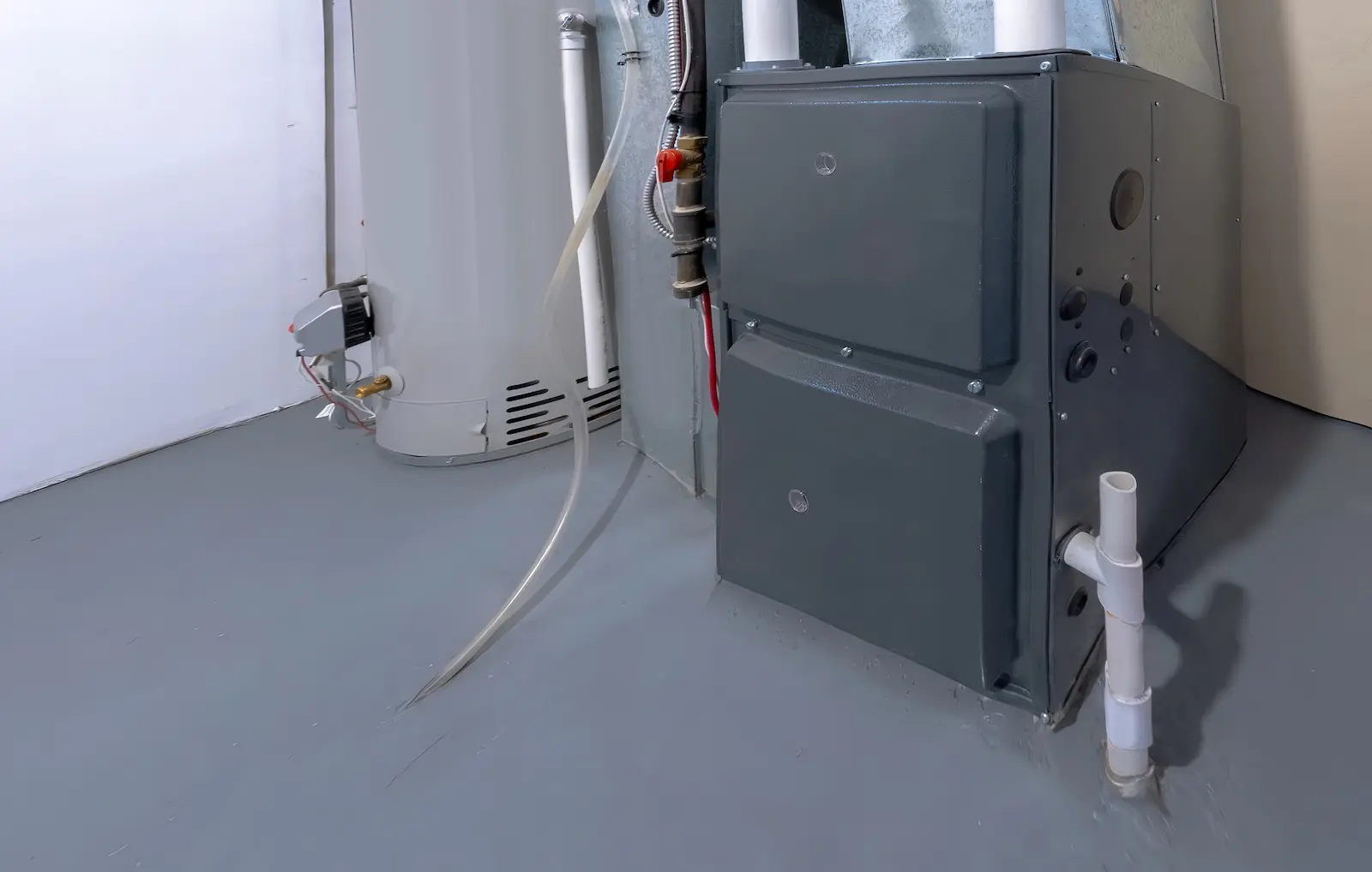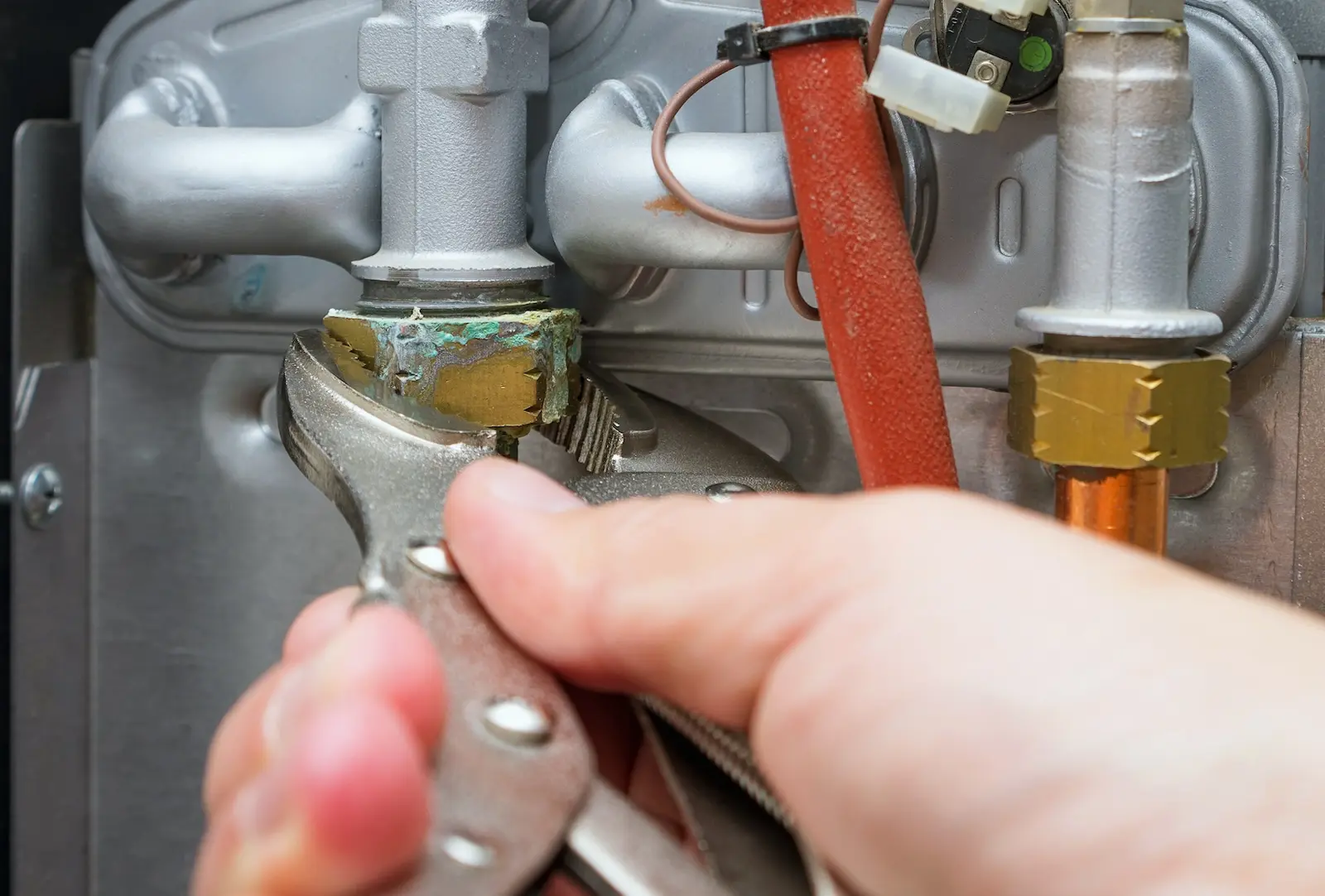When winter hits in Kirkland the last thing you need is your furnace not working. Whether you’re dealing with a mysterious noise, a sudden shutdown, or just a lack of warm air, this guide will help you troubleshoot common furnace problems and get your home cozy again. We’ll explore potential issues with your thermostat, fan, flame sensor, and more, offering tips for heating repairs.
Why is My Furnace Not Working?
If your furnace has decided to take a vacation, there are a few key things to check. First, it’s important to understand what symptoms you’re noticing, i.e. is your furnace fan not blowing, is the flame not staying lit, or does the thermostat not seem to work?
It’s also important to consider the type of furnace you have, be it gas or electric. Once you better understand the exact presentation of your malfunctioning furnace, you can follow the steps below to try to troubleshoot the system. Of course, safety comes first so if you’re uncomfortable, or simply overwhelmed with performing any of the troubleshooting methods below, don’t hesitate to give us a call.

Why is My Furnace Flame Sensor Not Working?
If you have a gas furnace, the flame sensor is a critical safety device that ensures a flame is present before allowing gas to flow. If it’s not working, your furnace won’t ignite or might shut off soon after starting. The most common culprit is a dirty flame sensor. Carefully remove the sensor and gently clean it with fine sandpaper or emery cloth. If cleaning doesn’t do the trick, the sensor itself might be faulty and need replacement.
If you have an electric furnace, you won’t have a flame sensor, so this troubleshooting step wouldn’t apply. Instead, you’d want to focus on checking the heating elements and electrical connections.
- Clean the flame sensor
- Inspect for damage
- Consider replacement if cleaning doesn’t help
Why is My Furnace Not Working After Power Outage?
Power outages can sometimes disrupt your furnace’s operation. First, check your electrical panel for any tripped breakers or blown fuses related to your furnace. Reset the breaker or replace the fuse as needed. Many modern furnaces also have a reset button that might have been tripped during the outage. Look for a red or yellow button on the furnace and press it to reset. If you have a digital thermostat, check its settings and replace the batteries, even if they seem fine.
This applies to both gas and electric furnaces. However, with a gas furnace, you’ll also want to ensure the gas valve is still open after the power outage.
- Check for tripped breakers or blown fuses
- Press the furnace reset button
- Check and adjust thermostat settings
- Replace thermostat batteries
Why is My Furnace Thermostat Not Working?
A malfunctioning thermostat can leave you in the cold (literally!). Start by checking the batteries and replacing them if necessary. Make sure the thermostat is set to “Heat” mode and that the temperature setting is higher than the current room temperature. If you have a programmable thermostat, double-check the schedule and settings to ensure they’re correct. If your thermostat has a display, check for any error messages that might indicate a problem.
This advice applies to both gas and electric furnaces. However, if you have a smart thermostat, you might need to reconnect it to your Wi-Fi network after a power outage.
- Replace batteries
- Verify settings (Heat mode, temperature)
- Check schedule and settings (if programmable)
- Inspect for error messages
Why is My Furnace Fan Not Working?
If your furnace is running but no warm air is blowing, the fan might be the issue. Check the blower motor for any obstructions and ensure it’s receiving power. If your furnace uses a belt-driven blower, inspect the belt for any damage or slippage. The blower motor’s capacitor could also be faulty, preventing the motor from starting.
This is relevant to both gas and electric furnaces. However, in electric furnaces, the fan might also be connected to the heating element, so a problem with the element could affect the fan’s operation.
- Check blower motor for obstructions
- Inspect the belt (if applicable)
- Consider a faulty capacitor
- Inspect wiring connections
Why is My Furnace Blower Not Working?
The terms “fan” and “blower” are often used interchangeably when it comes to furnaces. If your furnace blower isn’t working, refer to the troubleshooting steps above for the furnace fan. Additionally, check for any loose or damaged wiring connections to the blower motor.
This applies to both gas and electric furnaces.
- Check blower motor for obstructions
- Inspect the belt (if applicable)
- Consider a faulty capacitor
- Inspect wiring connections

Other Signs Your Furnace is Not Working
It’s not always easy to pinpoint the exact cause of your heating woes. Sometimes, you might just notice that your furnace isn’t working as it should. Perhaps it’s making strange noises, suddenly stopped working altogether, or simply isn’t blowing warm air. Let’s take a look at these common furnace problems and what you can do to address them.
Your Hear Mysterious Noises
If your furnace is making strange sounds like banging, squealing, or rumbling, it’s trying to tell you something’s wrong. Banging could indicate a problem with the ductwork or a loose component. Squealing often points to a worn-out belt or bearing in the blower motor. Rumbling might be caused by a dirty burner or a problem with the gas supply. Don’t ignore these sounds – they could be a sign of a more serious issue. It’s best to call a qualified HVAC technician to diagnose and address the problem.
Sudden Shutdown
A sudden furnace shutdown can be alarming, especially on a cold Kirkland night. Start by checking the obvious: is the thermostat set correctly? Has the breaker tripped? If those are fine, check for a reset button on the furnace itself. If resetting doesn’t work, the problem could be more complex, such as a faulty flame sensor, a clogged filter, or an issue with the control board. In these cases, it’s wise to call in the professionals.
Lack of Warm Air
If your furnace seems to be running but you’re not feeling the heat, the problem might lie with the airflow. Check your air filter first – a clogged filter restricts airflow and can significantly reduce heating efficiency. Make sure all your vents are open and unobstructed. If the airflow seems fine, the issue could be with the blower motor, the fan, or even a problem with the thermostat not signaling for heat. If you’re unsure, it’s always best to consult with an HVAC technician.

Kirkland Heating Needs and Upcoming Regulations
Kirkland’s mild, but wet winters mean a reliable heating system is essential. While Washington State already has high-efficiency standards, national trends are pushing for even greater efficiency. Keep this in mind if you’re considering a furnace or heating system replacement, especially with the upcoming phase-out of R-410A refrigerant in new systems starting in 2025.
Furnace Not Working? TemperaturePro Can Fix it!
Troubleshooting your furnace can be tricky, and sometimes it’s best to leave it to the experts. If you’re experiencing any issues with your heating system, whether it’s a strange noise, a sudden shutdown, or a lack of warm air, don’t hesitate to contact TemperaturePro Kirkland.
Our team of experienced technicians is ready to diagnose the problem and get your furnace back up and running in no time. We understand the unique heating needs of Kirkland homeowners and are committed to providing reliable and efficient solutions to keep your home warm and comfortable all winter long. Give us a call today!





